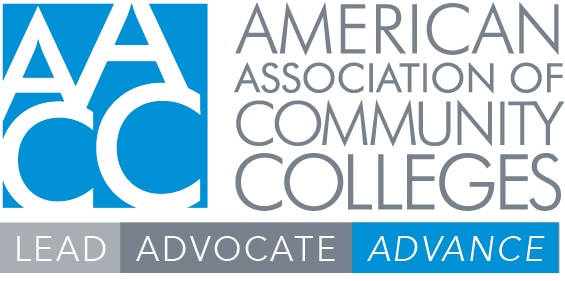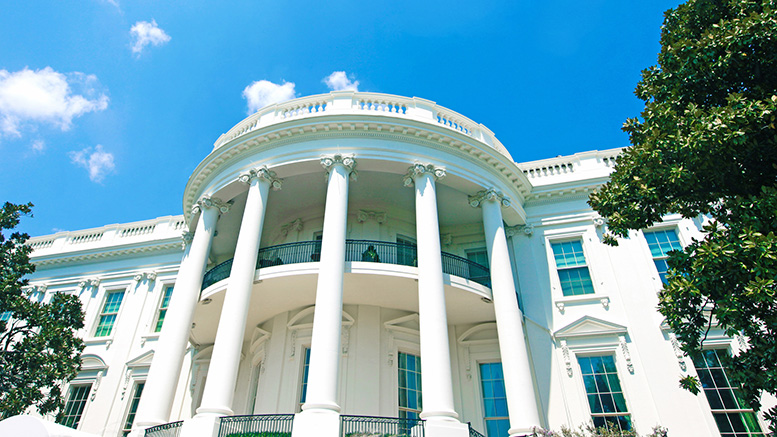The Biden administration on Monday unveiled its fiscal year (FY) 2025 budget, marking the formal start of the annual federal budget and appropriations cycle.

The budget is being released about a month later than usual. However, spending for the current fiscal year has not been finalized. Congress has until March 22 to pass the remaining six FY 2024 appropriations bills, including the all-important Labor, HHS and Education (LHHS-ED) bill.
The president’s FY 25 budget includes large education spending proposals. These and other proposals would be “paid for” (and then some) by tax increases on corporations and wealthy individuals. Given the low likelihood that Congress will pass the budget’s more ambitious proposals, the funding request is best viewed as a policy document that signals the president’s priorities. This takes on added salience in a presidential election year.
Partisan lobs
In remarks at a U.S. Education Department budget briefing, Secretary Miguel Cardona repeatedly contrasted the increased education investments in the Biden budget with the cuts called for during the Trump administration’s ED budgets (though Congress did not enact most of those cuts).
Reflecting partisan times, Rep. Virginia Foxx (R-North Carolina), chair of the House Education and Workforce Committee said that Biden’s budget “is not a fiscal panacea – it will make the nation keel over from shouldering more unsustainable and irresponsible debt.” She added that the budget “includes reckless proposals creating free community college and significantly increasing the Pell Grant with no accountability to ensure the degrees students are given actually yield high-quality jobs.”
Budget landscape looking forward
The budget’s potential impact will also be limited because it will be considered by a narrowly divided Congress. In addition, strict discretionary budget caps that were placed last year limit the prospect for significant FY 25 spending increases. If Congress keeps to those caps, level funding for any given program in FY 25 would be a positive outcome.
Most of the budget’s major new funding proposals, some of which are described below, would rely upon “mandatory spending.” This spending is automatic — it is used for programs like Social Security — and is not subject to the discretionary budget caps, but enacting new mandatory funding legislation is generally viewed as politically unrealistic.
Because the White House released the budget before FY 24 spending has been finalized, it can only estimate year-to-year funding changes for any given program between FY 24 and FY 25. Funding levels as compared FY 23 will be used below.
New fund for dual enrollment and more
The budget calls for increasing discretionary appropriations for ED by nearly 4%, to approximately $82.5 million. The proposal includes some major initiatives that would be funded with mandatory dollars, including the return of a proposal for free community college tuition. The American Association of Community Colleges (AACC) continues to strongly support this initiative because of its positive effect on college participation.
The budget also includes a $12 billion Reducing the Cost of College Fund, which would support the expansion of dual-enrollment programs, reward colleges that provide an excellent education at an affordable price, and make grants to scale evidence-based strategies to increase completion rates and reduce student cost burdens. Details on this major initiative are not yet available, but a potential new role for the federal government in dual-enrollment programs is obviously of keen interest to community colleges.
The new budget continues to reflect Biden’s support for doubling the FY 21 Pell Grant maximum by FY 2029, proposing a $750 increase in the maximum award for next year. Of that amount, $100 would come in discretionary funding and $650 in mandatory funding. Only students attending public and non-profit institutions would be eligible to receive the $650 mandatory add-on; for-profit school students would be cut out.
The other major student aid programs – Supplemental Educational Opportunity Grants and Federal Work Study – would be level-funded.
Minor funding increases for Perkins career and technical education state grants and national initiatives are included, and the story is much the same for the Adult Basic Education and Family Literacy program. All of the Higher Education Act Title III and V programs would be bolstered, with a particularly healthy $18 million increase for the Strengthening Institutions Program, to $140 million.
Likewise, the TRIO, GEAR-UP and Child Care Access Means Parents in School programs would receive moderate increases. All these programs are funded through the annual discretionary appropriations process.
More money for apprenticeships
The administration is proposing $13.9 billion of discretionary funds for the Department of Labor (DOL), an increase of $300 million over FY 23.
The budget would increase the Strengthening Community Colleges Training Grants program to $70 million, an increase of $5 million over FY 23. This indicates continued administration support for the program, though the request is less than last year’s $100 million. AACC continues its advocacy for this program.
Funding for Workforce Innovation and Opportunity Act state funding streams – adult, dislocated workers and youth – would remain steady, with a decrease in funding for national-level programs. Funding for registered apprenticeship programs would grow by $50 million, to $335 million.





